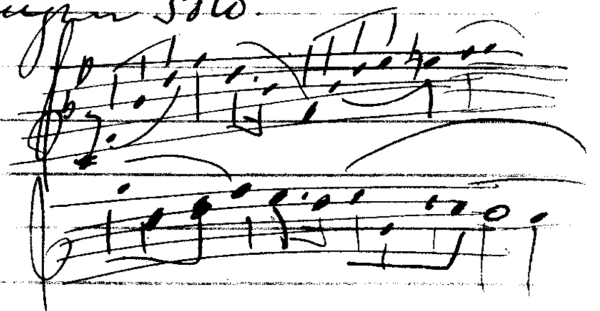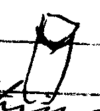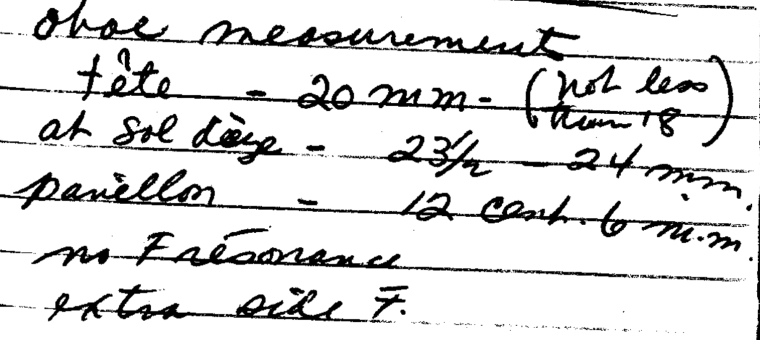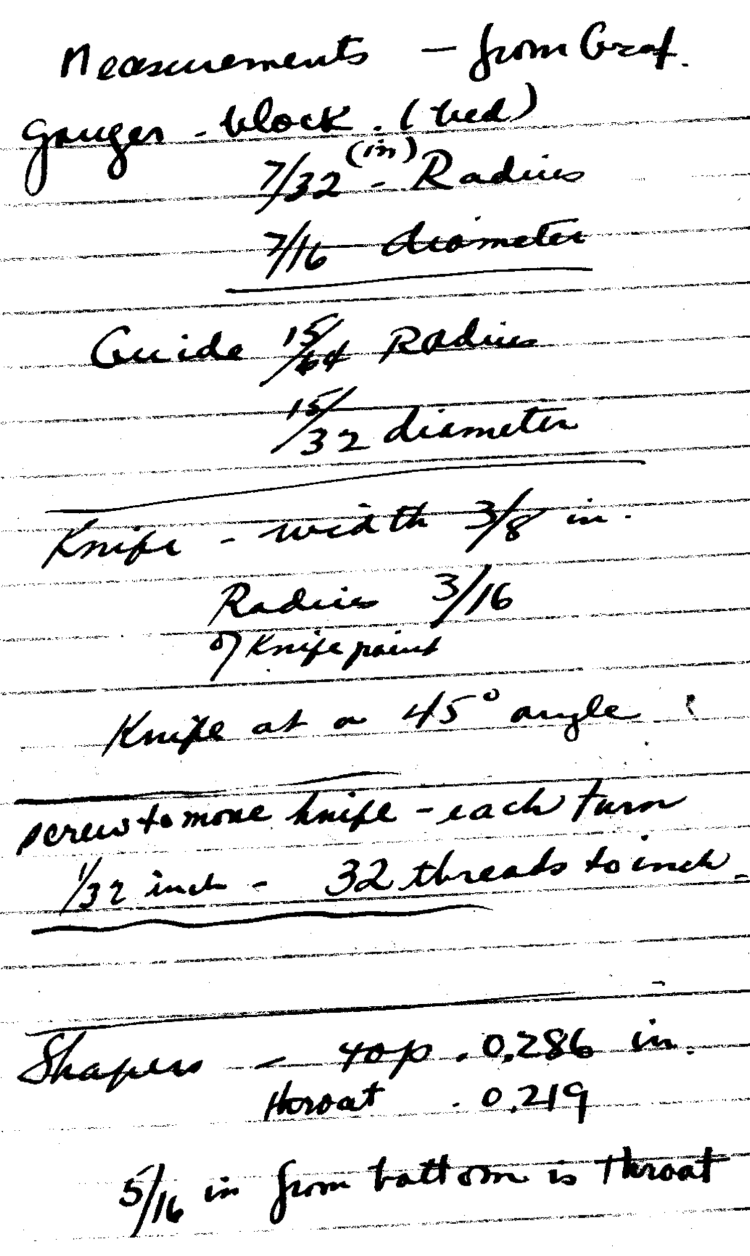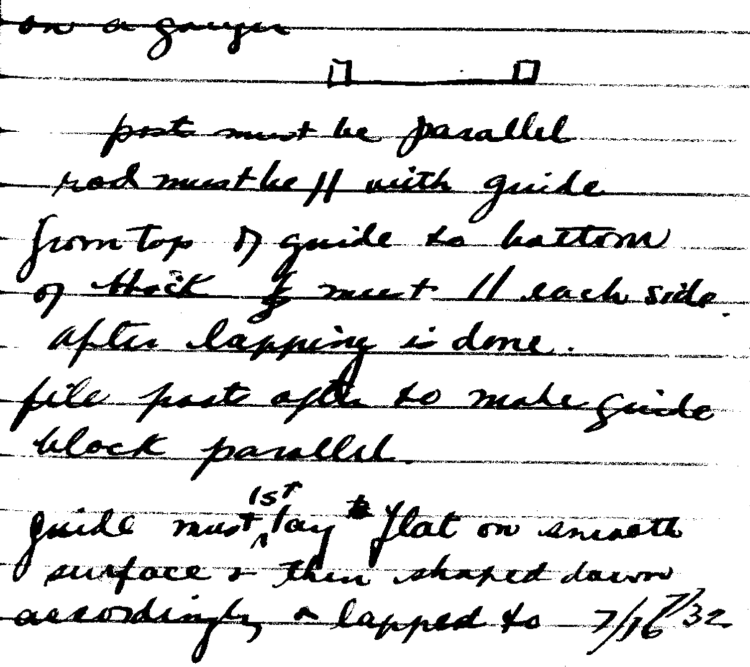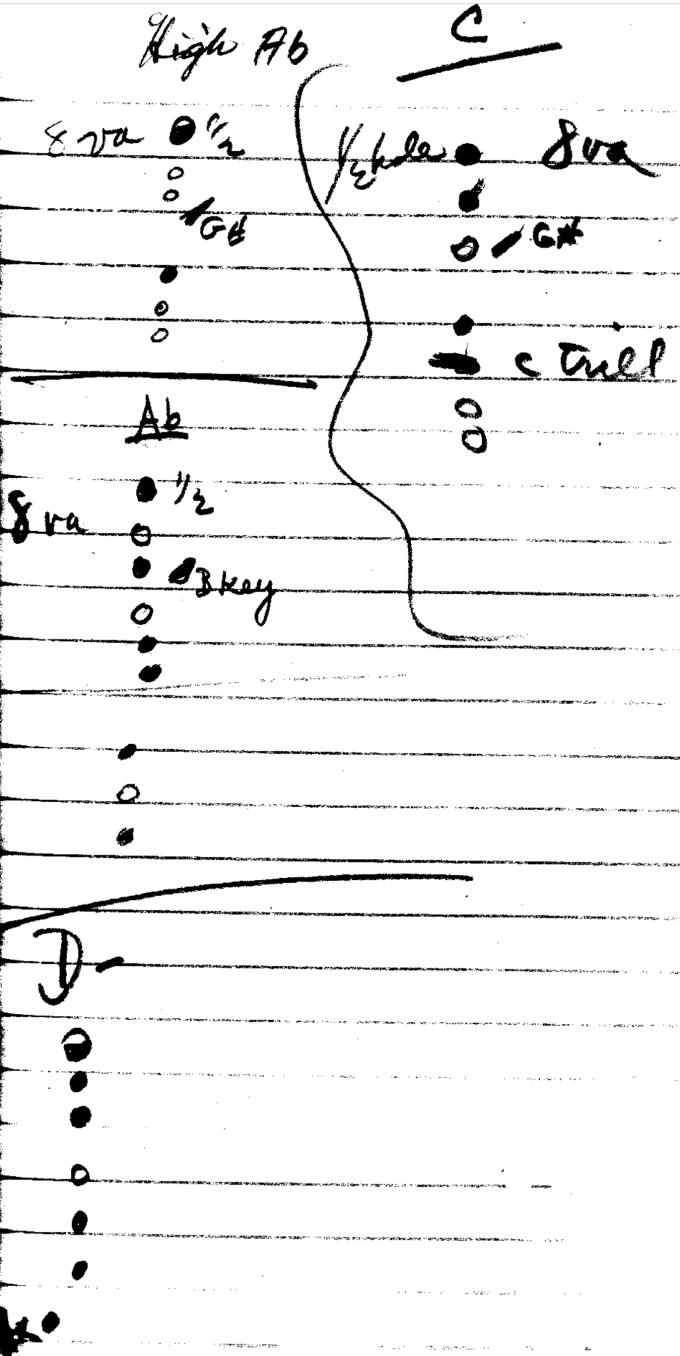Laila’s Private Lessons with Tabuteau 1946-47
Ludlow Building Studio
At this point, Laila was engaged to play English horn in the Kansas City Philharmonic Orchestra. So, she took four private lessons with Tabuteau as preparation.
Lesson 1: September 9, 1946
Don’t play so sharp. You have too much of your lips on the teeth. Pull your lower jaw back further with more lower lip for a rounder tone. Play on O. Don’t play so tight and shrill. Play with more continuity of line by using the wind. Practice on a smaller scale, not so big.
Wagner Lohengrin:
Narrow your gauge between the notes.
Lesson 2: September 12, 1946
Sellner Duos [not specified]
Play away or closer to the bridge. A real line comes about because the notes on the wind are part of one another; don’t make a break. Play with your teeth in a natural position, your upper over your lower. Your lower lip must be like a flexible spring or cushion: in and out all the time. Don’t try to take the music; let it take you.
Lesson 3: September 13, 1946: Reed-Making Information
Do not scrape back too far at first, and make the tip quite thin:
Then take definite scrapes or cuts from the back. The reed must have a bridge.
Light scrapes here can sharpen the pitch:
Oboe measurements: [Tabuteau’s dictation: Laila is ordering a new Loree: Tabuteau System to replace her open-hole Loree]
Tubes [staples]: 47 mm.
Gouging machine and shaper specifications [Tabuteau’s dictation to Laila for having Ernst Graf in Philadelphia make Laila a gouging machine and a shaper]:
Damn Fool! Make the reed play fairly easily on the front [tip & heart] before scraping too far back. Make the tip thin, so it plays in pitch on the oboe. It must play the pitch without pinching (the secret of a reed).
To sharpen reed knives: bring the stone toward and against the blade, not in the same direction.
To test reeds in the high register: use the low B to play the harmonic F♯, then to regular F♯ and highest E followed by Fork F.
To test reeds in the low register play low C to F♯, then down to C♯ and up to E.
Make reed so you can play on the tip and not have the F♯ and G sink or play wild. They must be sure with a solid fundamental. Make it so you can play on the wind. The wind does everything.
Tabuteau’s staples 53 mm by my measuring. [Unlikely, as earlier Laila wrote .47 mm.]
The ideal gouge [appears to be .60 mm in the center and .505 mm on the sides]:
However, the distribution of some measurements can be different, i.e. less taper to .50 mm at the edges resulting in more belly and ribs.
Reeds: for darkness, scrape the surface (bark) only very lightly.
Scrape the edge here without the plaque to take out vibration and dull the reed:
Or take out vibration here:
Or take out vibration here:
Don’t dig out the middle of the reed, instead scrape on the side channels. The reed has to play in tune on the oboe at piano and without lip pressure, but it must be able to take the wind pressure and not sink.
Several high-note fingerings:
Lesson 4: September 19, 1946
Practice all of the Ferling Studies on English horn.
Hold your arms forward. The pressure of the left hand changes qualities of sound: do a lot with it, darken your tone.
Franck D Minor Symphony [most likely the English horn part]: Sing more!
Beethoven Symphony 5: 1st movement solo: Turn each note: fa-mi-re / 4-3-1 / down-up-down. Practice the circle, and don’t play pinched. Give more, play full. There is an emotional element in this solo; it is not shallow.
Practice broken 10ths both slurred and detached. Play piano, a forte is a small tone made large, Drive and lift the embouchure.
Re-fa’-la-la’ = D F’ A A’
You have enough technique to do everything well. But you must practice well and get the correct embouchure. Play all the notes in-between the intervals. As long as you realize how bad you are, then there is hope, and you will improve.
Mendelssohn Midsummer Night’s Dream, Scherzo
Beethoven Symphony 6, 3rd Movement Scherzo
Wagner Siegfried, Forest Murmurs
Laila is now back in Philly from Kansas City Season 1946-47.
She takes a single lesson. Laila will play another season in Kansas City 1947-48.
May 1947
Work on solo repertoire: Paladilhe, Handel, Mozart, and Lefebre.
George Gillet Studies [not specified]
Be prepared, now you must not let down. But since you have begun to understand a little, this is the time to work. Sometimes it is a little thing that can make for a decision.
In orchestra, don’t try to put a finish on at first. That is backwards and then you will miss. You must first play (not like in lessons) and then what you have learned should show through a little. Polish later. First, you must sound.

